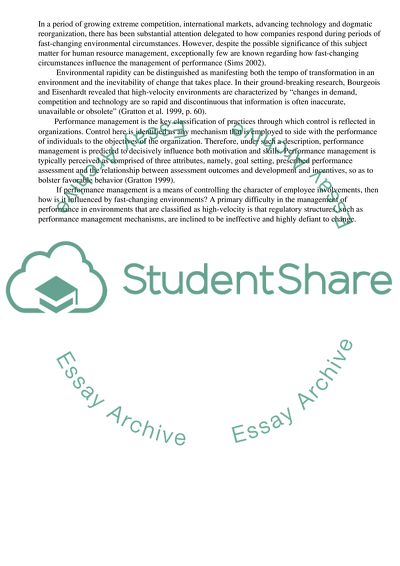Cite this document
(Management in High-Velocity Setting Research Paper, n.d.)
Management in High-Velocity Setting Research Paper. Retrieved from https://studentshare.org/management/1719672-human-resources-performance-management
Management in High-Velocity Setting Research Paper. Retrieved from https://studentshare.org/management/1719672-human-resources-performance-management
(Management in High-Velocity Setting Research Paper)
Management in High-Velocity Setting Research Paper. https://studentshare.org/management/1719672-human-resources-performance-management.
Management in High-Velocity Setting Research Paper. https://studentshare.org/management/1719672-human-resources-performance-management.
“Management in High-Velocity Setting Research Paper”, n.d. https://studentshare.org/management/1719672-human-resources-performance-management.


